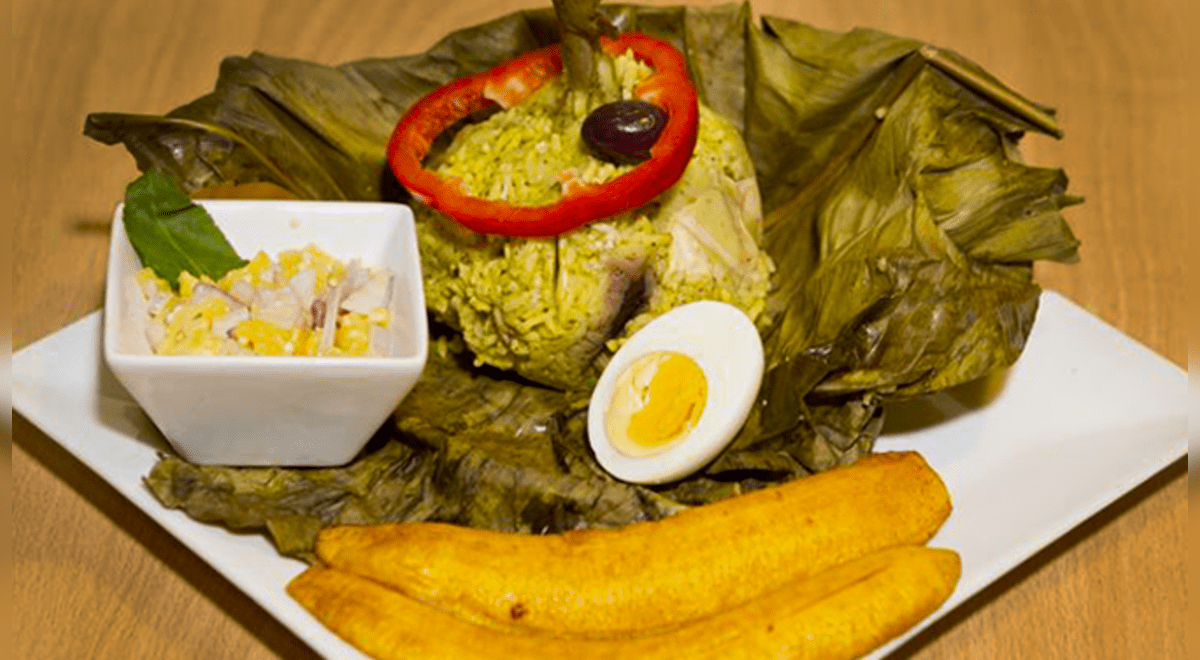Origin and history
The San Juan Festival dates back to the 17th century when Spanish missionaries named Saint John the Baptist as the patron saint of the Peruvian Amazon. This celebration merges Catholic traditions with ancestral Amazonian rituals, creating a unique festivity that coincides with the winter solstice. Since 2022, it has been a regional holiday in San Martín, Loreto, Huánuco, Ucayali, and Madre de Dios.
Date and celebration
The festival is celebrated on June 24, with the night of June 23 known as “San Juan Night.” Celebrations extend throughout the week (June 21-27) with the Iquitos Tourist Week, making this date the most important celebration in the Peruvian Amazon.

Main destinations
Iquitos (Loreto)
The nerve center of the festival features massive processions in the San Juan district, traditional music with drums and tambourines, craft competitions, and the famous shunto jump. Thousands participate in cultural and gastronomic activities.
Moyobamba (San Martín)
Famous for the “Blessed Bath” that starts at 4:00 AM on June 24. Locals walk from the Main Square (Plaza de Armas) to the San Mateo Hot Springs, dancing the Moyobambina Pandilla in a traditional competition that attracts visitors from across the region.
Other important destinations
Tarapoto, Pucallpa, Tingo María, and Puerto Maldonado also celebrate with typical dances, purification rituals, and festivities featuring prominent artists and orchestras from the country.
The blessed bath
The most important ritual of the festival is the “blessed bath,” where communities flock to rivers and bodies of water from dawn on June 24. According to popular belief, the waters are blessed by Saint John and provide purification, health, prosperity, and love throughout the year. This ritual symbolizes the sacred connection with water, a fundamental element in Amazonian worldview.
Gastronomy: the juane

The juane is the emblematic dish of the festival, originating from pre-Hispanic times when Amazonian people wrapped food in leaves to preserve it during long journeys. Its name comes from “huanar” (to cook wrapped) and symbolically represents the head of Saint John the Baptist.
The traditional juane consists of rice seasoned with spices, pieces of chicken, eggs, and olives, all wrapped in bijao leaves and steamed. There are regional variations like the wasp juane (with pork), yucca juane (with ground yucca), and nina juane (only egg and chicken), each representing the culinary diversity of the Amazon.
Traditions and activities
During the festival, the traditional morning trot takes place in the early hours of June 24, followed by the ritual bath. The Amazonian pandillas are group dances where participants dance around a decorated palm tree (umsha) that is chopped down to the rhythm of traditional music.
The music includes Amazonian cumbia, jungle huayno, and rhythms from ancestral drums. Craft competitions, wood carving, sports events, and food fairs are organized to showcase the region’s cultural richness.
Tourist experience
To reach the main Amazonian destinations, you can fly from Lima to Iquitos, Tarapoto, or Pucallpa in about 1.5 hours. It is recommended to get vaccinated against yellow fever, bring mosquito repellent, and wear light clothing.
Visitors can participate in the blessed bath, taste juanes at local markets, join traditional pandillas, and visit native communities. Complementary tourism includes navigating the Amazon River, observing pink dolphins, and visiting natural reserves like Pacaya Samiria.